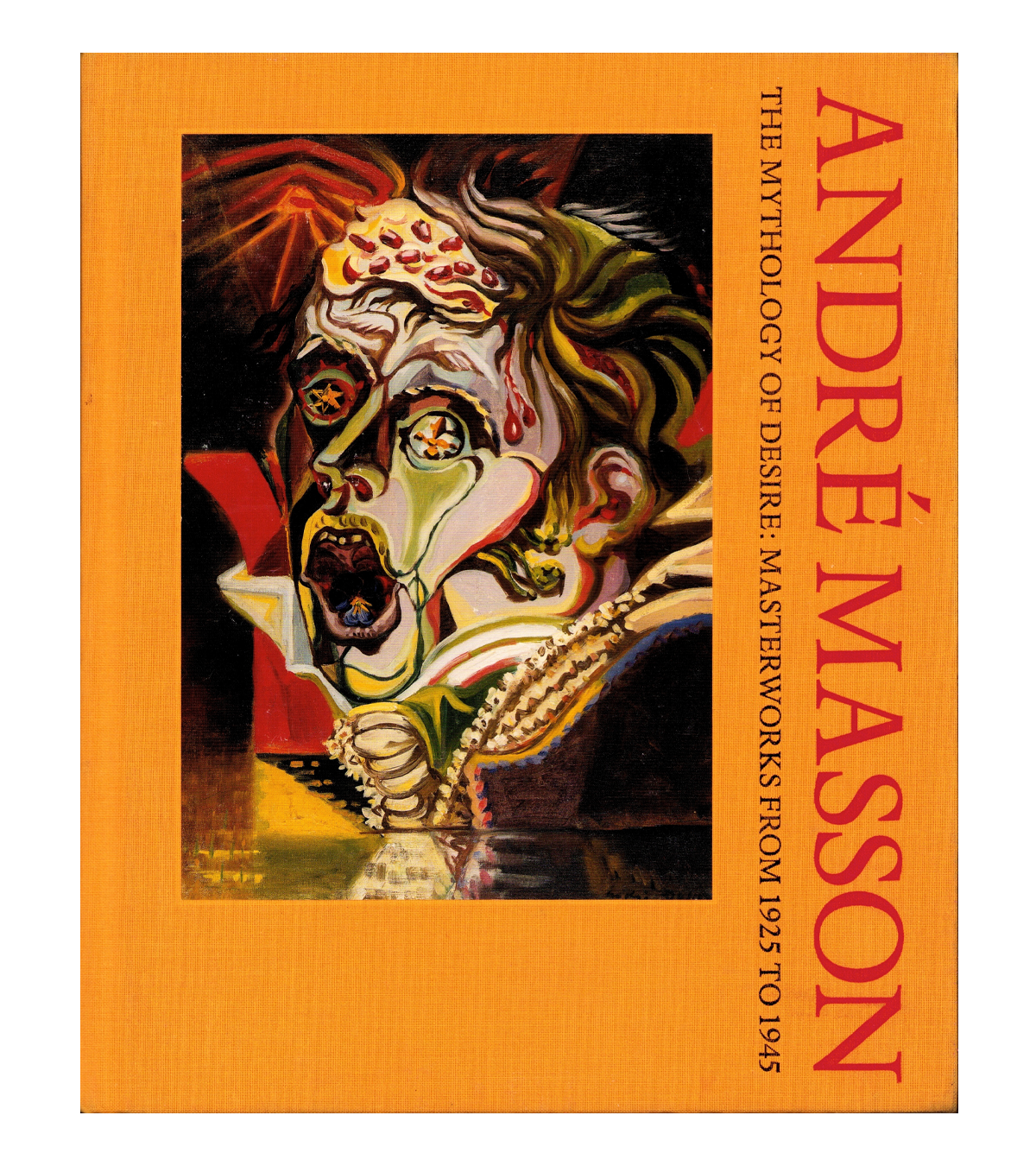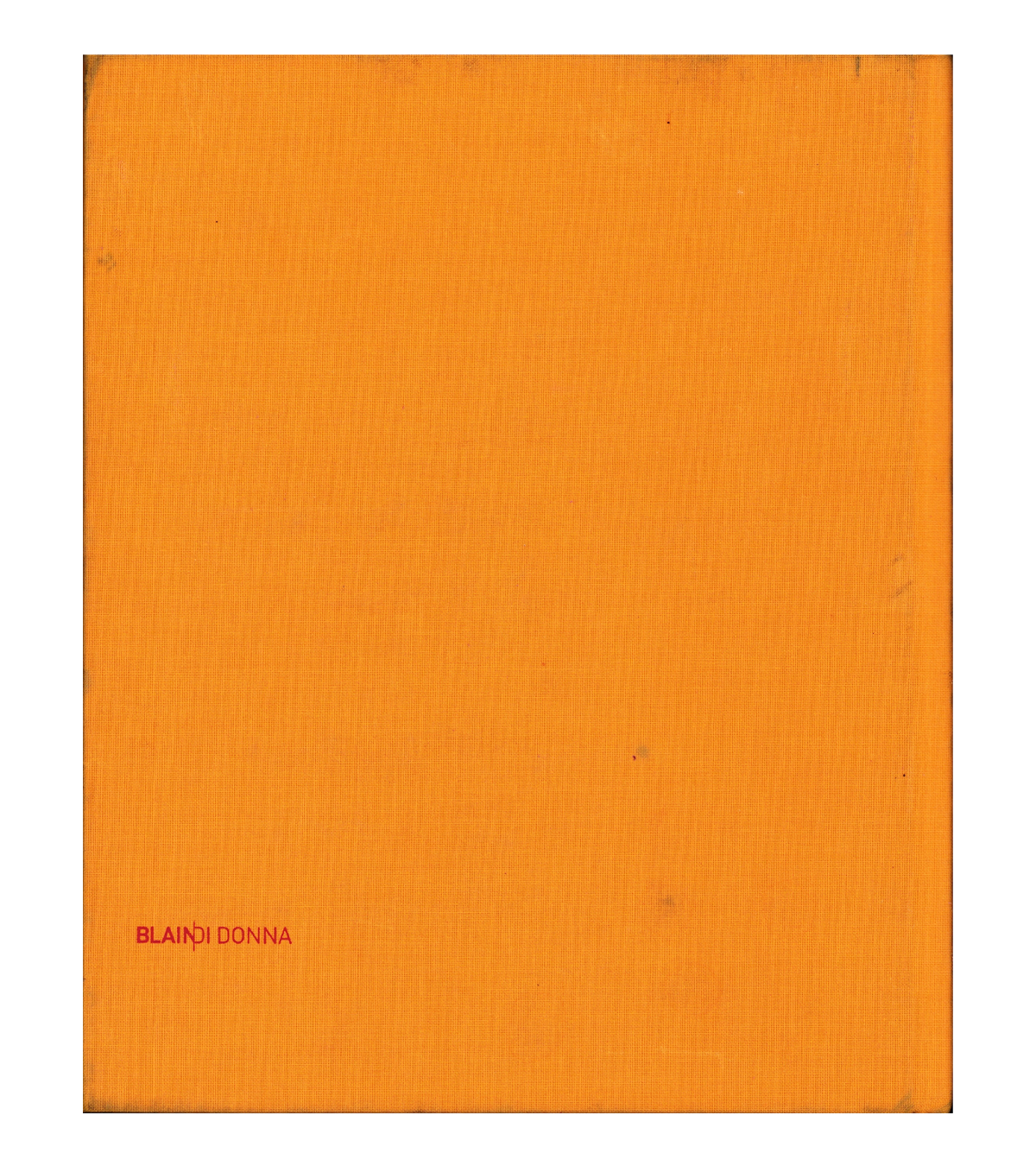André Masson: The Mythology of Desire, Masterworks from 1925 to 1945 (di Donna, 2017)
André Masson: The Mythology of Desire, Masterworks from 1925 to 1945 (di Donna, 2017)
Couldn't load pickup availability
104 pages
ISBN-10: 098404471X
Essay “André Masson, A Mythology of Desire” by Mary Ann Caws.
"The second floor of the Carlyle Hotel is the site of Blain|Di Donna, where a magical rendezvous with 34 works by an artist/philosopher invites us to surrender to a trance state of mind. André Masson (1896-1987), whose early works are on view here, was a key figure in Surrealism. Curated by Emmanuel Di Donna, this exhibition is the largest and most comprehensive survey of Masson’s art to be shown in New York since the 1976 retrospective at the Museum of Modern Art. The accompanying catalogue essay, written by Mary Ann Caws, underscores Masson’s position in the hierarchy of Surrealism; in her view he has been (or should be) celebrated by his peers." (Brooklyn Rail, 2012)
"Blain | Di Donna is delighted to present its second exhibition, André Masson, The Mythology of Masterworks from 1925 to 1945. Bringing together paintings and works on paper created during one of the most important periods of the artist’s career, this is the largest and most comprehensive survey of Masson’s art to be exhibited in New York since the 1976 retrospective at the Museum of Modern Art, New York. André Masson was an initial component of the Surrealist movement from 1925-28 (and again in the late 1930s), closely associating with artists and writers such as André Breton, Joan Miró and Georges Bataille. From his early Cubist paintings to his late calligraphic abstract works, Masson’s elusive stylistic developments situate him beyond simple categorization. The artist is best known for his contribution to automatic painting, a Surrealist practice which embraced chance and the unknown, and for his vibrant abstract compositions, bold use of line and form and innovative employment of materials, including sand and collage. His process of automatic painting went on to deeply influence the New York School of Abstract Expressionists, in particular Jackson Pollock. Recurring throughout his oeuvre is the relationship between violence and the erotic, explorations which are eloquently presented in this remarkable exhibition. Comprising more than 30 works, the show reveals Masson’s extraordinary imagination, as each canvas and drawing is imbued with poetic imagery and symbolic content."




